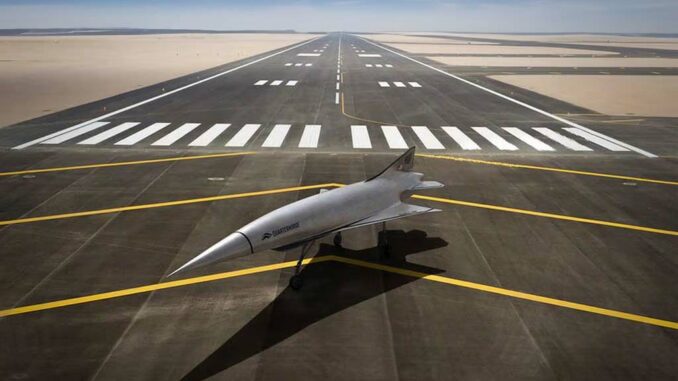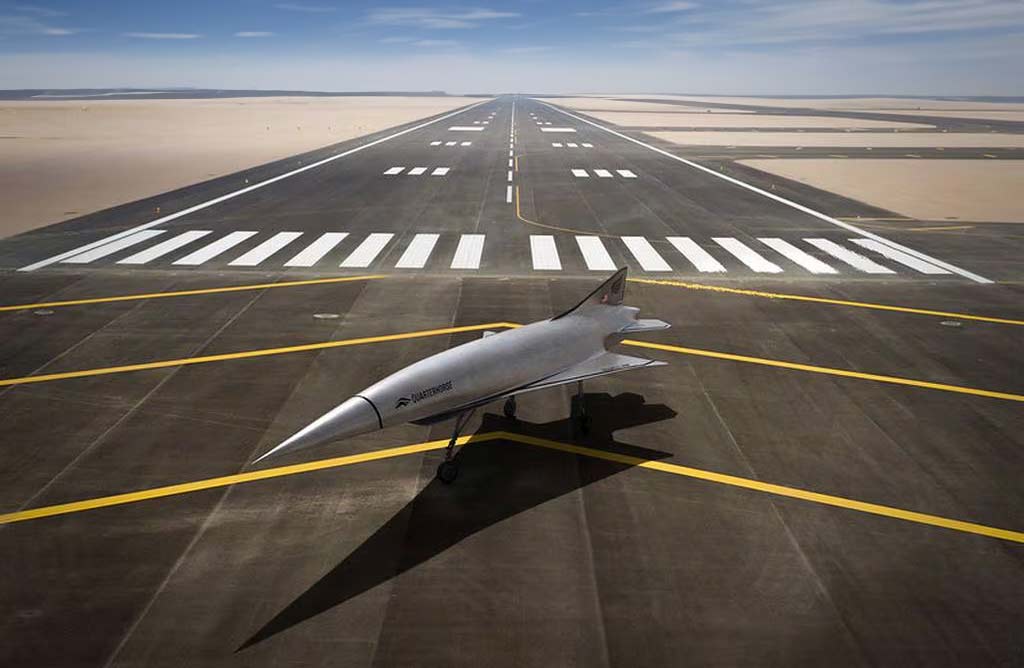
Hermeus is gearing up for the first test flight of the Quarterhorse aircraft this summer, aiming to demonstrate autonomous, reusable hypersonic capabilities by 2026.
Hermeus, a startup specializing in hypersonic aircraft, is gearing up for the first flight of its Quarterhorse aircraft over the summer. The test will take place from its Atlanta base, where the Mk 1 aircraft, a Quarterhorse evolution designed for high-speed testing, was unveiled.
Quarterhorse stands out as an essential test platform for Hermeus, with the ambition of demonstrating the feasibility of autonomous, reusable hypersonic flight by 2026. After a successful ground test campaign with the Mk 0 model, Mk 1 will mark a crucial milestone by being the first to take to the skies.
Hermeus’ goal of designing one test vehicle per year underlines the importance of speed and efficiency in aircraft development and testing, according to Hermeus CEO AJ Piplica. This iterative approach responds to the complexity and challenges of advancing high-speed aircraft technologies.
The Quarterhorse program plays a pivotal role not only for Hermeus’ commercial and defense ambitions, but also for the Pentagon, which plans to use these aircraft to test its own systems in response to a lack of infrastructure suitable for hypersonic programs. The Department of Defense, through significant investments, underlines the importance of these developments to increase its flight test capacity.

After a 204-day construction process, Mk 1 is currently undergoing ground tests in Atlanta, before being transferred to Edwards Air Force Base in California for further testing. The first flight, scheduled at Edwards, will aim to demonstrate high-speed take-off and landing capabilities, with specific objectives as yet undisclosed by Piplica.
The lessons learned from this first flight will directly benefit the Mk 2 model, scheduled to fly next year and reach supersonic speeds, notably by integrating the Chimera II propulsion system with Pratt & Whitney’s F100 engine. This marks a significant acceleration on Hermeus’ original plans.
With the Mk 3 expected in 2026, Hermeus plans to begin supporting DoD testing, while exploring how these technological advances might fit into DoD air fleets. The alignment of Hermeus’ objectives with those of national defense underlines the strategic importance of these developments in the aerospace and defense landscape.
War Wings Daily is an independant magazine.